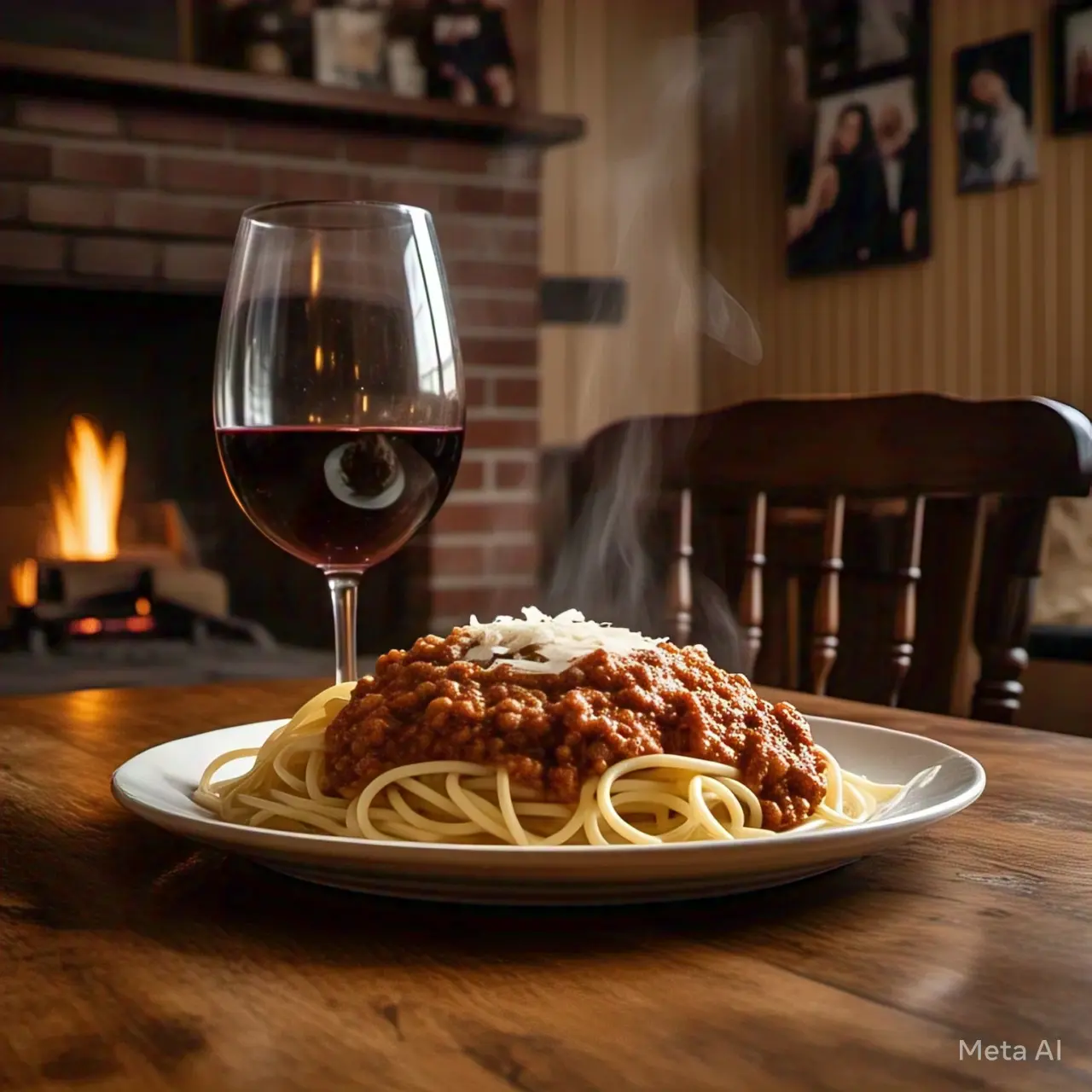A Brief History of Bolognese
The origins of bolognese date back to the late 18th century in Bologna, Italy. The sauce was initially called "ragù" and was made with ground meat, tomatoes, and herbs. Over time, the recipe evolved, and the sauce became a staple of Italian cuisine. In 1982, the Italian Academy of Cuisine officially recognized bolognese as a traditional Italian sauce.
Ingredients and Cooking Techniques

A traditional bolognese sauce is made with a combination of ground meats, including beef, pork, and sometimes veal. The meat is cooked with onions, carrots, celery, and sometimes red wine, creating a rich and flavorful base. Tomatoes, either fresh or canned, are added to the sauce, along with herbs like basil and oregano.
The key to a great bolognese is slow cooking. The sauce is typically simmered for at least two hours, allowing the flavors to meld together and the meat to become tender. Some recipes even call for a three-day cooking process, where the sauce is refrigerated overnight and reheated the next day.
Here are some wine pairing suggestions that complement the rich flavors of bolognese:
Red Wines
1. Barolo (Italy): A full-bodied Nebbiolo-based wine with complex flavors of dark fruit, leather, and spices.
2. Barbera (Italy): A medium-bodied wine with bright acidity and moderate tannins, featuring flavors of cherry, plum, and spice.
3. Chianti (Italy): A medium-bodied Sangiovese-based wine with moderate acidity and tannins, offering flavors of cherry, strawberry, and earthy notes.
4. Cabernet Sauvignon (Italy or France): A full-bodied wine with high tannins and acidity, offering flavors of black currant, blackberry, and spices.
White Wines
1. Pinot Grigio (Italy): A crisp and refreshing white wine with flavors of green apple, pear, and citrus.
2. Gavi (Italy): A medium-bodied white wine with moderate acidity, featuring flavors of stone fruit, floral notes, and a hint of spice.
Rosé Wines
1. Italian Rosato (Italy): A dry and refreshing rosé with flavors of strawberry, cherry, and a hint of spice.
Key Characteristics for Pairing
1. Acidity: A wine with good acidity helps cut through the richness of the bolognese sauce.
2. Tannins: Moderate to high tannins in red wines complement the bold flavors of the sauce.
3. Fruitiness: Fruity flavors in the wine balance the savory and umami flavors of the bolognese.
4. Earthiness: Earthy notes in the wine enhance the overall complexity of the pairing.
Remember, personal taste plays a significant role in wine pairings, so don't be afraid to experiment and find your perfect match!